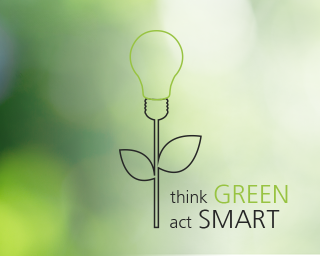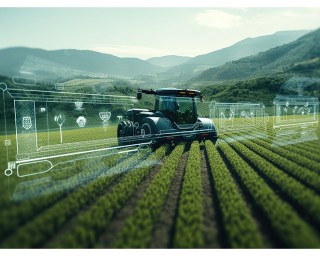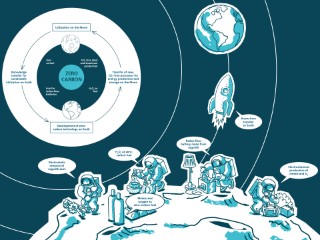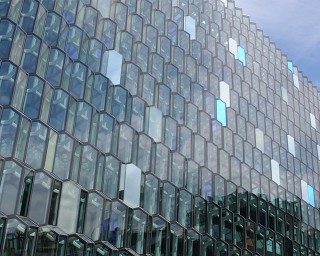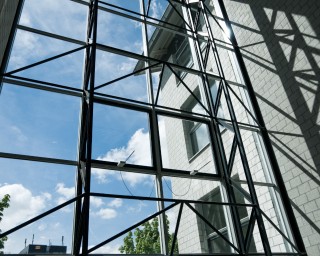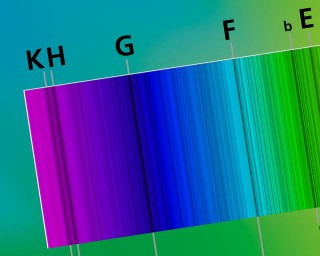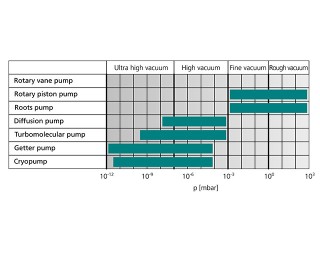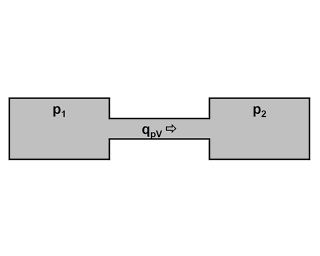
Sustainability management and life cycle assessments are gaining in importance on the road towards climate neutrality. In order to sensitize and qualify employees from widely differing areas such as purchasing and sales or (prospective) sustainability managers, the demand for suitable further-training formats is increasing. We spoke to Education Manager Doris Jandel about the new Fraunhofer IST certificate course on the topic of sustainability in companies, which starts on the 9th of April 2024.
more info